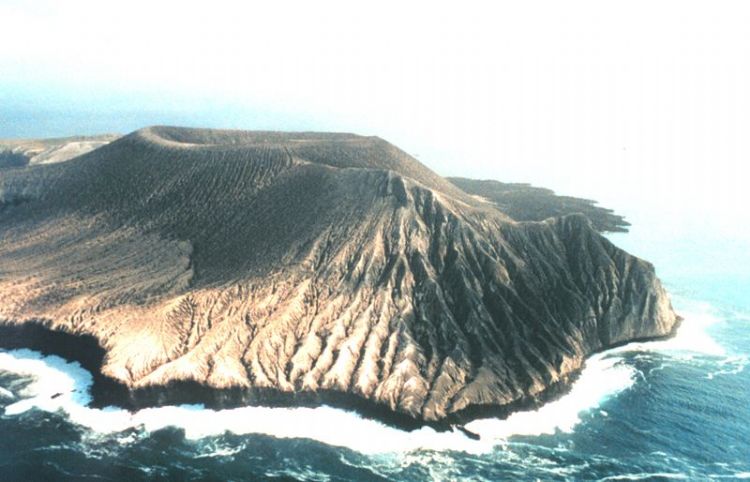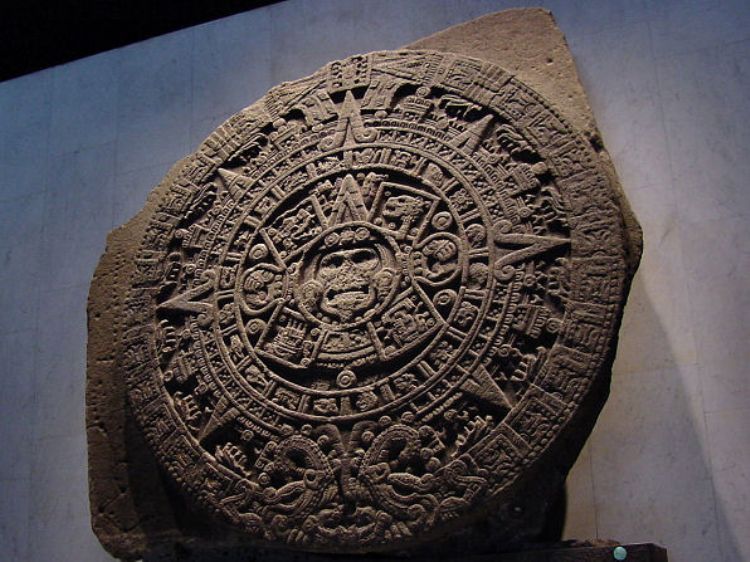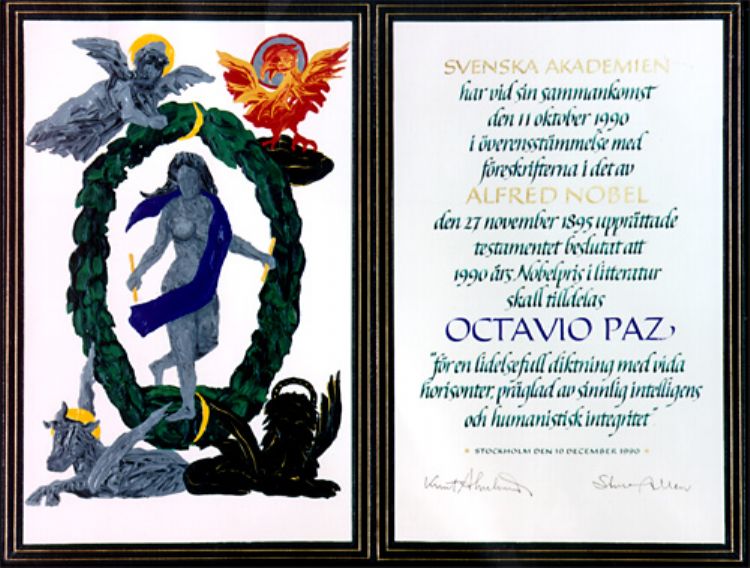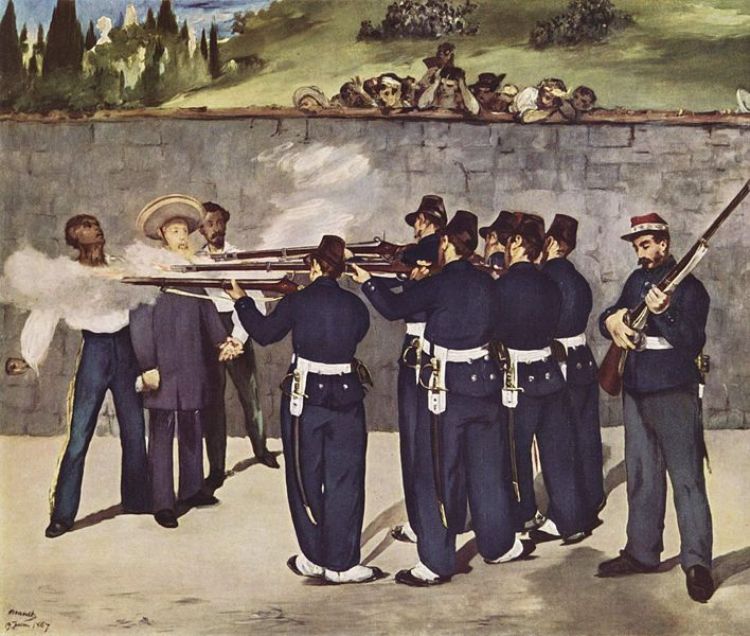
Invasions to Mexico II; The French Invasion
The French intervention of Mexico by the army of the Seco...
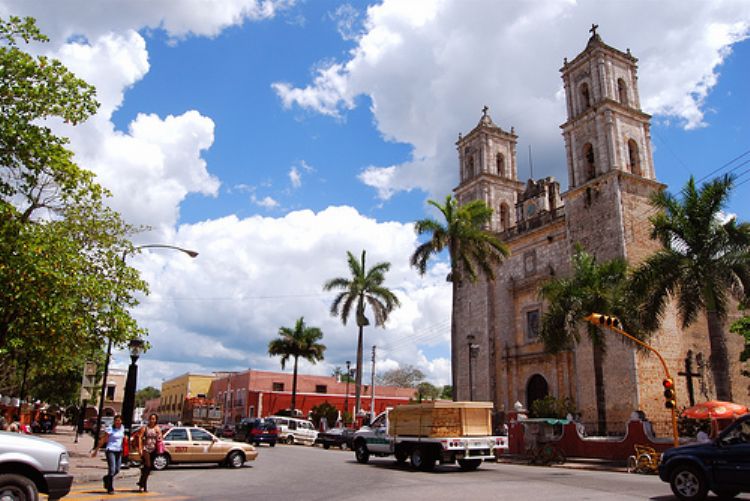
Heroic and hospitable, the city of Valladolid in Yucatan is the cradle of great distinguished Mexican personalities. Also, it is a role model of order, good government and clean streets.
According to history, Zalci-hual was a strong Maya lordship, and its society called itself cupules. During the XVI century, the Spaniards reached the Peninsula of Yucatan lead by conquistador Francisco de Montejo, the nephew, and when he reached the lagoon known by natives as Chouac-Ha, he noticed the geography was kind for human settlements and decided to establish a town. This is because in addition to the water supply, the green and exuberant soil, its location allowed a more important enterprise, to undermine the power of the cupules inhabiting Zalci-hual or Zaci, as the Europeans called it.
The warrior tribe of "âwhite sparrow hawk"â was later subdued and with it followed the voluntary subjugation of many other rebel tribes, who recognized the great power of the Spanish army upon the defeat of the cupules. This is how on the 23rd of May 1543, the town of Valladolid was born in the surroundings of the Chouac-Ha lagoon.
However, they soon noticed that the location of the new settlement wasn't as perfect as they initially believed, and decided to transfer the territory of fallen Zaci. A couple of years later, the subdued and enslaved Maya Indians started a rebellion that would become a slaughter of the 16 entrusted Spaniards, before the colonial army could subjugate them again.
Soon after, Spanish dwellers arrived in search of wealth from the land of Mexico's southeast and behind them the Catholic missionaries of the Franciscan Order, who were dedicated to constructing temples and convents as the ones of San Juan and Santa Lucia, and the parish church of San Gervasio.
In the XIX century, the prosperous colonial city became immersed in the violent War of the Castes that unleashed along the Peninsula of Yucatan, because the Maya rebelled against the entrusted system that maintained them enslaved and miserable.
In 1910, the conditions for overthrowing military dictator Porfirio Diaz began in Valladolid in a violent and cruel manner. The brave natives of Valladolid Claudio Alcocer and Atilano Albertos stand out in their participation for emancipating the country from Porfirio's yoke, another example of the courage from the inhabitants of the Heroic City of Valladolid.
Currently located between the capital of Yucatan, the city of Merida, and the paradise tourism port of Cancun, and communicated through highway Merida "â Valladolid "â Cancun, the "âSultaness of the Orient"â is a beautiful and peaceful colonial city with an artistic and cultural display conferring it the category of tourism center.

The French intervention of Mexico by the army of the Seco...
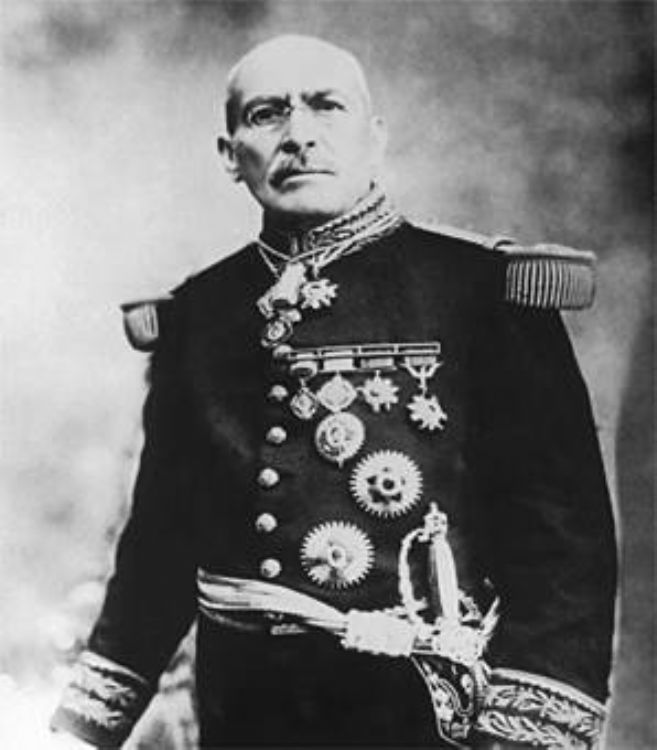
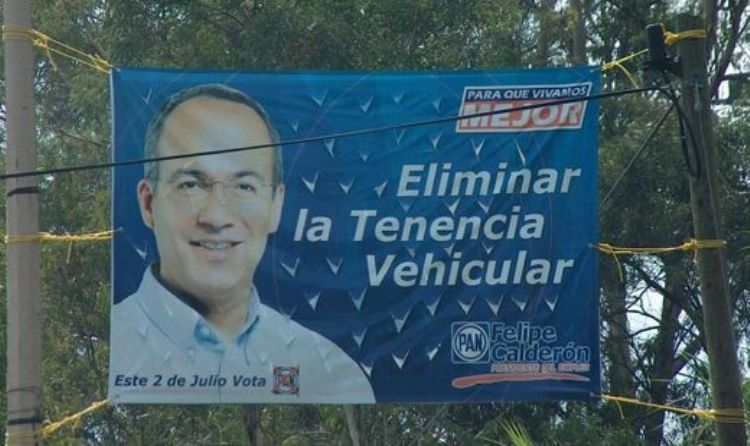
The history behind this tax is known by almost all of us:...
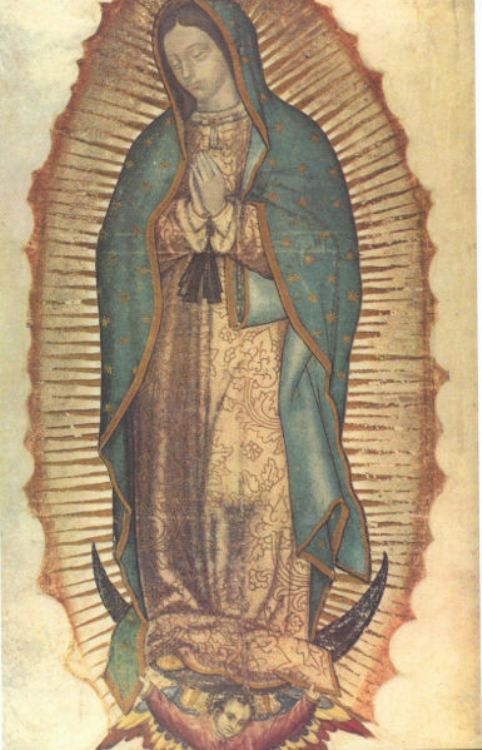
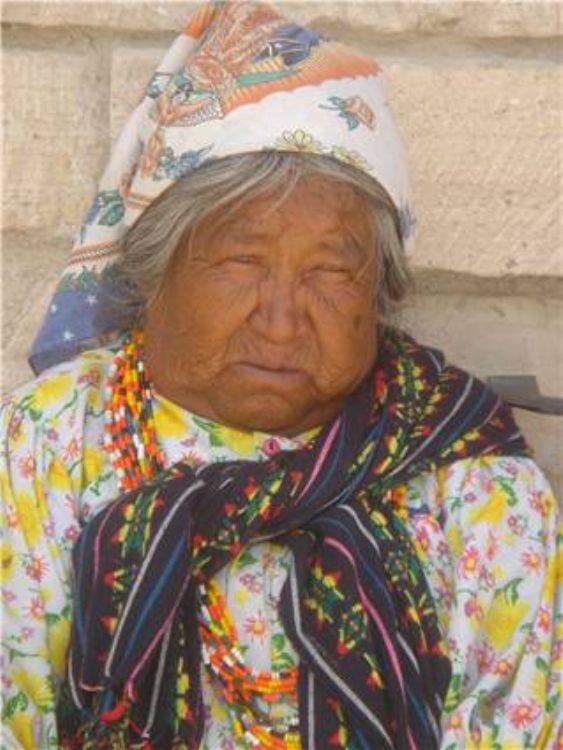
.jpg)
Mexico offers mountain climbers tempting peaks to explore...
